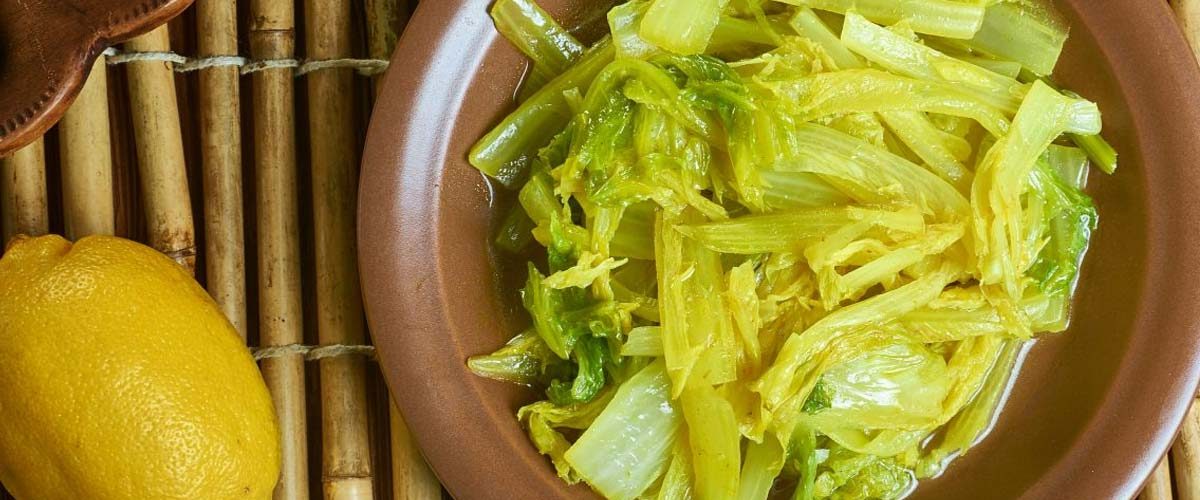Oxidative stress is a disparity between antioxidants and free radicals in your body. This stress is a leading factor of various chronic illnesses like diabetes, hypertension, neurodegenerative disorders, cancer and many more. ‘Free radicals’ are unsteady atoms that can cause illness and aging by damaging body cells. The production of free radicals is balanced by the anti-oxidative defense system in healthy individuals. Imbalance occurs when equilibrium favors free radical generation due to the reduction of antioxidant levels that further cause oxidative stress.
Body’s protective response depends on the inflammatory reaction when foreign organisms including viruses, pathogens and dust particles enter the human body. During such inflammatory reactions, overproduction of free radicals and reactive oxygen species (ROS) like nitrite oxide, non-radical hydrogen peroxide, superoxide, and hydroxyl occur. This excess production causes injury to the tissue by damaging macromolecules leading to various inflammatory diseases.
To manage this body situation, tissues require antioxidants to decompose and neutralize these ROS and free radicals. Antioxidants have free radical scavenging properties that further inhibit or delay cellular damage and protect the cells. Membrane stabilization is a defined process of maintaining the reliability of biological membranes like lysosomal and erythrocytes membranes, against osmotic and heat-induced disintegration of a cell. Stabilization of lysosomal membranes is necessary to inhibit bactericidal enzymes and proteases that cause inflammation and tissue damage.

Certain plants have membrane stabilizing and antioxidant properties and provide significant protection against inflammatory induced diseases. So, the researchers are discovering natural drugs from medicinal plants due to the promising therapeutic effects of phytochemicals and their less severe side effects. Cleome gynandra is a green vegetable also known as African cabbage; chinsaga and stinkweed belong to the family Cleomaceae. It is a wildflower native to Africa but now prevalent in many tropical and sub-tropical parts of the world. Previous literature indicated that C. gynandra have high concentrations of bioactive compounds like tannins, flavonoids, β-carotene, folic acid, ascorbic acid, vitamin E, oxalic acid, iron, calcium , glucosinolates and iridoids. So, due to these beneficial micronutrients, C. gynandrahave is traditionally used to treat several diseases like tumor, worm infection, prostate enlargement and ear infections
In novel research, Farjana Yasmin et al. (2020) confirmed the analgesic, antioxidant, membrane stabilizing and free-radical scavenging activities of the ethanolic stem extract of C. gynandra.
The researcher recommended further studies about isolation and identification of active compounds and in-depth pharmacological mechanistic assays to clarify the exact mechanisms of action of the extract and its active compounds.
















Add comment